Home>Construction & Tools>Building Materials>How Hot Do Brick Ovens Get
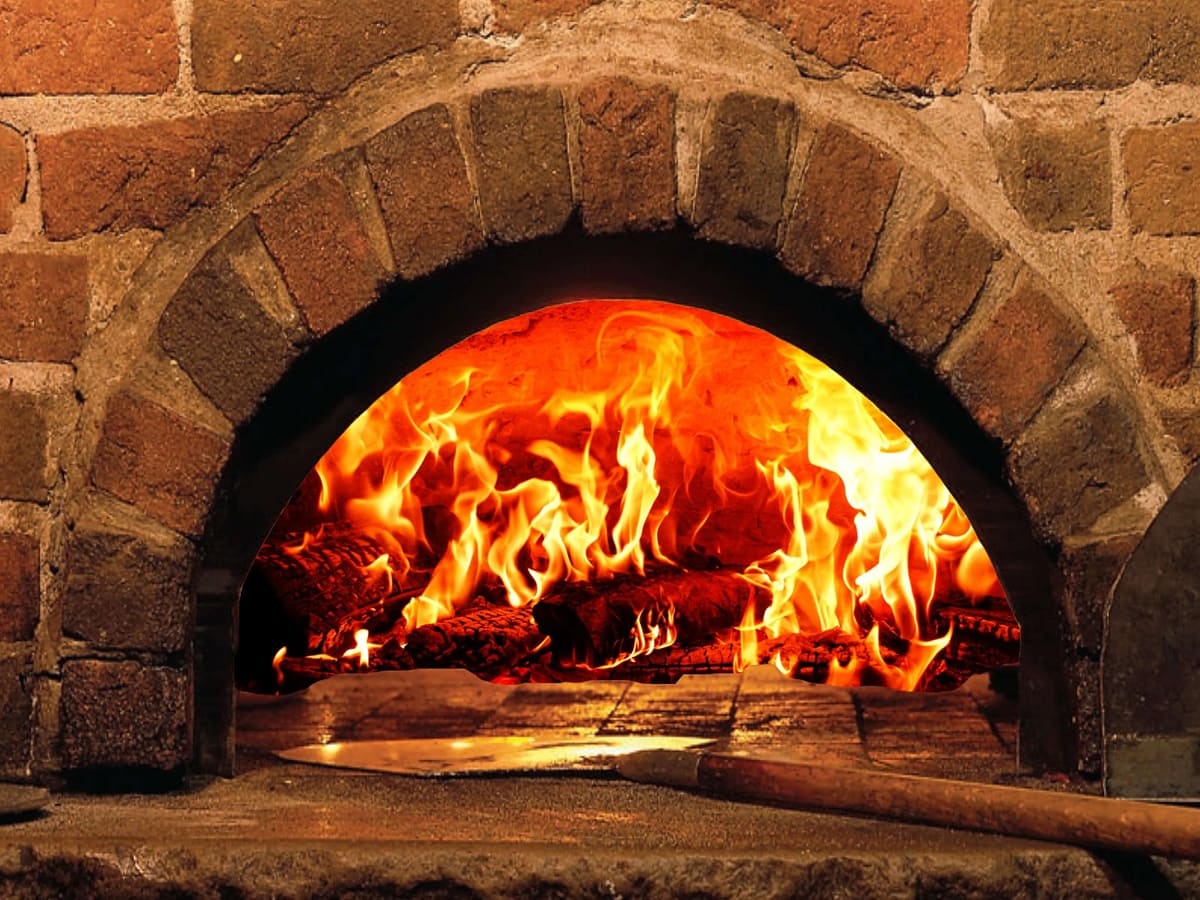

Building Materials
How Hot Do Brick Ovens Get
Modified: February 29, 2024
Discover the maximum temperature of brick ovens and the building materials used to withstand the intense heat. Explore the science behind brick oven temperatures and building materials.
(Many of the links in this article redirect to a specific reviewed product. Your purchase of these products through affiliate links helps to generate commission for Storables.com, at no extra cost. Learn more)
Introduction
Welcome to the fascinating world of brick ovens, where tradition, craftsmanship, and culinary excellence converge. Brick ovens have been a cornerstone of culinary history for centuries, with their origins dating back to ancient civilizations. These iconic ovens are renowned for their ability to produce delectable dishes with a distinct flavor profile and impeccable texture.
In this article, we will delve into the captivating realm of brick ovens, exploring their rich history, intricate workings, and the remarkable temperatures they can achieve. Whether you are a seasoned chef, a culinary enthusiast, or simply intrigued by the art of oven craftsmanship, this exploration of brick ovens is sure to kindle your curiosity and deepen your appreciation for these remarkable culinary tools.
Join us on this journey as we uncover the secrets of brick ovens, from their historical significance to their modern-day applications. Get ready to embark on a sensory adventure that will ignite your passion for the art of cooking and the time-honored tradition of brick oven mastery.
Key Takeaways:
- Brick ovens can reach temperatures of 700 to 900 degrees Fahrenheit, creating the perfect environment for making crispy pizzas, crusty bread, and succulent roasts with a unique smoky flavor.
- Factors like insulation, fire management, and oven design affect the heat of brick ovens, giving chefs the power to create a wide range of culinary delights with precision and finesse.
Read more: How Do Brick Ovens Work
The History of Brick Ovens
The history of brick ovens is a tapestry woven with the threads of ancient civilizations and culinary ingenuity. Dating back to ancient Greece and Rome, these iconic ovens have left an indelible mark on the evolution of culinary arts and architectural craftsmanship.
Ancient civilizations, including the Greeks and Romans, were among the first to recognize the exceptional properties of brick as a building material. The use of bricks in constructing ovens revolutionized the culinary landscape, enabling the consistent and efficient baking of bread, meats, and other delectable creations.
Throughout the medieval period, the design and construction of brick ovens continued to evolve, with artisans and craftsmen refining the techniques for harnessing and retaining heat within these structures. The enduring legacy of brick ovens persisted through the Renaissance and into the modern era, with their timeless appeal transcending cultural and geographical boundaries.
Brick ovens also played a pivotal role in the colonization of the Americas, as European settlers brought with them the knowledge and expertise required to construct these remarkable ovens. The proliferation of brick ovens across the continents contributed to the fusion of culinary traditions and the exchange of baking techniques, further enriching the global culinary tapestry.
Today, the legacy of brick ovens endures, with artisans, chefs, and culinary aficionados embracing these time-honored structures as a symbol of culinary excellence and tradition. The evolution of brick oven technology has also seen a resurgence in their popularity, with modern adaptations incorporating innovative materials and design elements while staying true to the fundamental principles that have defined brick ovens for centuries.
As we peer into the annals of history, the story of brick ovens unfolds as a testament to human creativity, resourcefulness, and the enduring pursuit of culinary perfection. The legacy of brick ovens continues to inspire and captivate, serving as a bridge between the past and the present, and as a symbol of the timeless artistry and innovation that defines the culinary world.
How Brick Ovens Work
Brick ovens are marvels of culinary engineering, harnessing the power of heat retention and radiant energy to create an optimal environment for baking, roasting, and cooking a wide array of delectable dishes. The fundamental principles that govern the operation of brick ovens have remained remarkably consistent throughout history, underscoring the timeless efficacy of their design.
At the core of a brick oven’s functionality is its ability to store and radiate heat efficiently. The construction of a brick oven typically involves a dome-shaped chamber, meticulously crafted from refractory bricks that possess exceptional heat retention properties. This dome structure enables the oven to reach and maintain high temperatures while ensuring even distribution of heat throughout the cooking space.
When the fire is lit within the oven, the refractory bricks absorb and store the intense heat, creating a reservoir of thermal energy within the oven’s chamber. This stored heat is then gradually released and radiated throughout the cooking process, enveloping the food in a consistent and gentle heat that promotes thorough and uniform cooking.
The design of a brick oven also facilitates the circulation of hot air within the cooking chamber, optimizing the convection process and ensuring that the food is enveloped in a cocoon of heat, resulting in succulent and flavorful culinary creations.
Furthermore, the construction of the oven floor plays a pivotal role in the cooking process. Typically crafted from refractory materials such as firebrick or clay, the oven floor acts as a heat reservoir, absorbing and distributing the intense heat necessary for achieving the perfect crust on bread, pizza, and other baked goods.
Brick ovens are revered for their exceptional thermal mass, which enables them to maintain high temperatures for extended periods with minimal fuel consumption. This remarkable efficiency, coupled with the radiant heat properties of the oven, contributes to the unique and desirable characteristics of dishes prepared within a brick oven.
As we unravel the inner workings of brick ovens, we gain a deeper appreciation for the meticulous design and functional elegance that underpin these culinary marvels. The artistry of brick oven construction, coupled with the scientific principles of heat transfer and convection, converge to create an environment where culinary creativity knows no bounds.
The Temperature Range of Brick Ovens
Brick ovens are renowned for their exceptional ability to achieve and sustain high temperatures, a defining characteristic that sets them apart from conventional ovens. The temperature range of a brick oven is a critical factor in determining its versatility and the types of culinary creations it can accommodate.
One of the defining features of brick ovens is their capacity to reach soaring temperatures that far exceed those of standard home ovens. Traditional brick ovens can achieve temperatures ranging from 700 to 900 degrees Fahrenheit (370 to 480 degrees Celsius) and, in some cases, even higher. This intense heat is instrumental in imparting the distinct char and blistering to pizzas, creating the coveted crisp crusts and tender interiors of bread, and achieving the perfect sear on meats and vegetables.
The ability of brick ovens to attain such high temperatures is attributed to the superior heat retention properties of the refractory materials used in their construction. The dense and insulating nature of these materials allows the oven to accumulate and sustain intense heat, facilitating the rapid and uniform cooking of various culinary delights.
It is worth noting that the temperature range of a brick oven can be modulated based on the culinary requirements of different dishes. By adjusting the intensity and duration of the fire, chefs and bakers can fine-tune the temperature within the oven to accommodate a diverse range of recipes, from delicate pastries that require gentle heat to hearty roasts that benefit from a robust, searing heat.
Furthermore, the exceptional heat retention of brick ovens ensures that the cooking chamber remains at elevated temperatures for extended periods, allowing for a continuous and consistent cooking environment. This sustained heat is particularly advantageous for baking multiple batches of bread or pizzas in quick succession, as the oven maintains its optimal temperature, resulting in efficient and uniform cooking.
As we explore the temperature range of brick ovens, we gain a profound understanding of their unparalleled capacity to elevate the art of cooking to new heights. The ability to harness and control intense heat with precision and finesse is a hallmark of brick ovens, enabling culinary artisans to craft exceptional dishes that captivate the senses and delight the palate.
Brick ovens can reach temperatures of 900°F to 1000°F, which is much hotter than a conventional oven. This high heat is perfect for quickly cooking pizzas and giving them a crispy crust.
Factors Affecting the Heat of Brick Ovens
The exceptional heat generated by brick ovens is influenced by a myriad of factors, each playing a crucial role in shaping the thermal dynamics and culinary capabilities of these remarkable cooking appliances. Understanding the elements that affect the heat of brick ovens is essential for mastering the art of utilizing these ovens to their fullest potential.
1. Insulation and Thermal Mass: The insulation and thermal mass of a brick oven are pivotal in determining its heat retention and distribution capabilities. High-quality refractory materials, such as firebrick and refractory mortar, are essential for constructing the oven’s chamber, ensuring optimal heat retention and uniform heat distribution.
2. Fire Management: The management of the fire within the oven profoundly impacts its temperature profile. The size, type, and arrangement of the fuel source, whether wood, gas, or charcoal, directly influence the intensity and duration of the heat generated. Skillful fire management is essential for achieving and maintaining the desired temperature range within the oven.
3. Oven Design and Ventilation: The architectural design and ventilation systems of brick ovens significantly impact their heat dynamics. The shape and dimensions of the oven chamber, as well as the positioning of vents and flues, play a pivotal role in regulating heat circulation and achieving optimal cooking conditions.
4. Preheating Duration: Preheating the brick oven for an adequate duration is essential for ensuring that the cooking chamber reaches and stabilizes at the desired temperature. The duration of preheating varies based on the size and thermal characteristics of the oven, as well as the specific culinary requirements of the dishes being prepared.
5. Ambient Conditions: Environmental factors, such as ambient temperature, humidity, and wind conditions, can influence the heat dynamics of brick ovens. These external elements may necessitate adjustments in fire management and preheating procedures to compensate for fluctuations in ambient conditions.
6. Oven Maintenance: The upkeep and maintenance of a brick oven are essential for preserving its heat-retention properties and ensuring consistent performance. Regular inspection of insulation, seals, and refractory materials is crucial for mitigating heat loss and optimizing the oven’s thermal efficiency.
Understanding and mastering these factors empower chefs, bakers, and culinary enthusiasts to wield the exceptional heat of brick ovens with precision and finesse, unlocking a world of culinary possibilities and sensory delights.
Read more: How Hot Can A Toaster Oven Get
Comparing Brick Ovens to Other Types of Ovens
When it comes to the art of culinary craftsmanship, the choice of oven plays a pivotal role in shaping the flavors, textures, and aromas of the dishes being prepared. While brick ovens have long been revered for their exceptional performance and distinct cooking characteristics, it is insightful to compare them to other types of ovens to appreciate their unique attributes and culinary prowess.
Conventional Ovens: Traditional home ovens, typically powered by electricity or gas, are ubiquitous in modern kitchens. These ovens offer convenience and versatility, accommodating a wide range of cooking techniques and recipes. However, they often lack the intense heat and radiant properties of brick ovens, which are instrumental in achieving the signature char and crust that define artisanal bread and wood-fired pizzas.
Gas Ovens: Gas ovens are favored for their precise temperature control and rapid preheating capabilities. While they excel in convenience and consistency, they may not impart the same depth of flavor and textural nuances as brick ovens, which infuse dishes with a distinct smokiness and caramelization that elevate the culinary experience.
Wood-Fired Ovens: Similar to brick ovens, wood-fired ovens harness the radiant heat and aromatic infusion of wood combustion to impart a unique character to culinary creations. While wood-fired ovens share similarities with brick ovens in terms of heat dynamics and flavor enhancement, their mobility and portability make them an appealing choice for outdoor cooking and catering events.
Convection Ovens: Convection ovens utilize fans to circulate hot air within the cooking chamber, promoting even cooking and efficient heat distribution. While they excel in baking and roasting applications, they may not achieve the same intense heat and thermal mass as brick ovens, which are prized for their ability to produce exceptional crusts, textures, and flavors in bread, pizza, and other dishes.
Microwave Ovens: Microwave ovens offer unparalleled speed and convenience for reheating, defrosting, and quick meal preparation. However, they lack the capacity to impart the complex flavors and textural transformations that result from the prolonged exposure to radiant heat and convection, which are hallmarks of brick oven cooking.
As we compare brick ovens to other types of ovens, we gain a deeper appreciation for the distinct advantages and culinary prowess that each variety brings to the table. While conventional ovens and specialized appliances offer convenience and consistency, brick ovens stand out for their unparalleled ability to infuse dishes with the time-honored artistry and sensory allure of wood-fired cooking.
Conclusion
Embarking on a journey through the realm of brick ovens has unveiled a tapestry of tradition, ingenuity, and culinary excellence. From their storied history to their exceptional heat dynamics and culinary prowess, brick ovens stand as timeless testaments to the artistry and innovation that define the world of cooking.
The legacy of brick ovens, rooted in ancient civilizations and enduring through the ages, continues to captivate the imagination of chefs, bakers, and culinary enthusiasts worldwide. Their ability to achieve and sustain high temperatures, infuse dishes with radiant heat and aromatic wood flavors, and impart distinctive textures and crusts to culinary creations sets them apart as icons of culinary craftsmanship.
As we compare brick ovens to other types of ovens, we recognize the unique attributes and culinary advantages that each variety brings to the culinary landscape. While conventional ovens and specialized appliances offer convenience and consistency, brick ovens stand out for their unparalleled ability to infuse dishes with the time-honored artistry and sensory allure of wood-fired cooking.
The heat of brick ovens, influenced by insulation, fire management, oven design, and ambient conditions, represents a harmonious fusion of science and art. Mastering the factors that govern the heat of brick ovens empowers culinary artisans to explore a world of culinary possibilities, from artisanal bread and wood-fired pizzas to succulent roasts and tantalizing desserts.
As we conclude our exploration of brick ovens, we are reminded of their timeless appeal and their capacity to transcend cultural and culinary boundaries. Whether in the bustling kitchens of renowned restaurants or the intimate settings of home cooks, brick ovens continue to kindle the flames of passion for the art of cooking, inspiring creativity, and elevating the sensory experience of savoring exceptional dishes.
May the legacy of brick ovens endure as a beacon of culinary excellence, a testament to the enduring allure of tradition, and a source of inspiration for generations of culinary artisans to come.
Frequently Asked Questions about How Hot Do Brick Ovens Get
Was this page helpful?
At Storables.com, we guarantee accurate and reliable information. Our content, validated by Expert Board Contributors, is crafted following stringent Editorial Policies. We're committed to providing you with well-researched, expert-backed insights for all your informational needs.
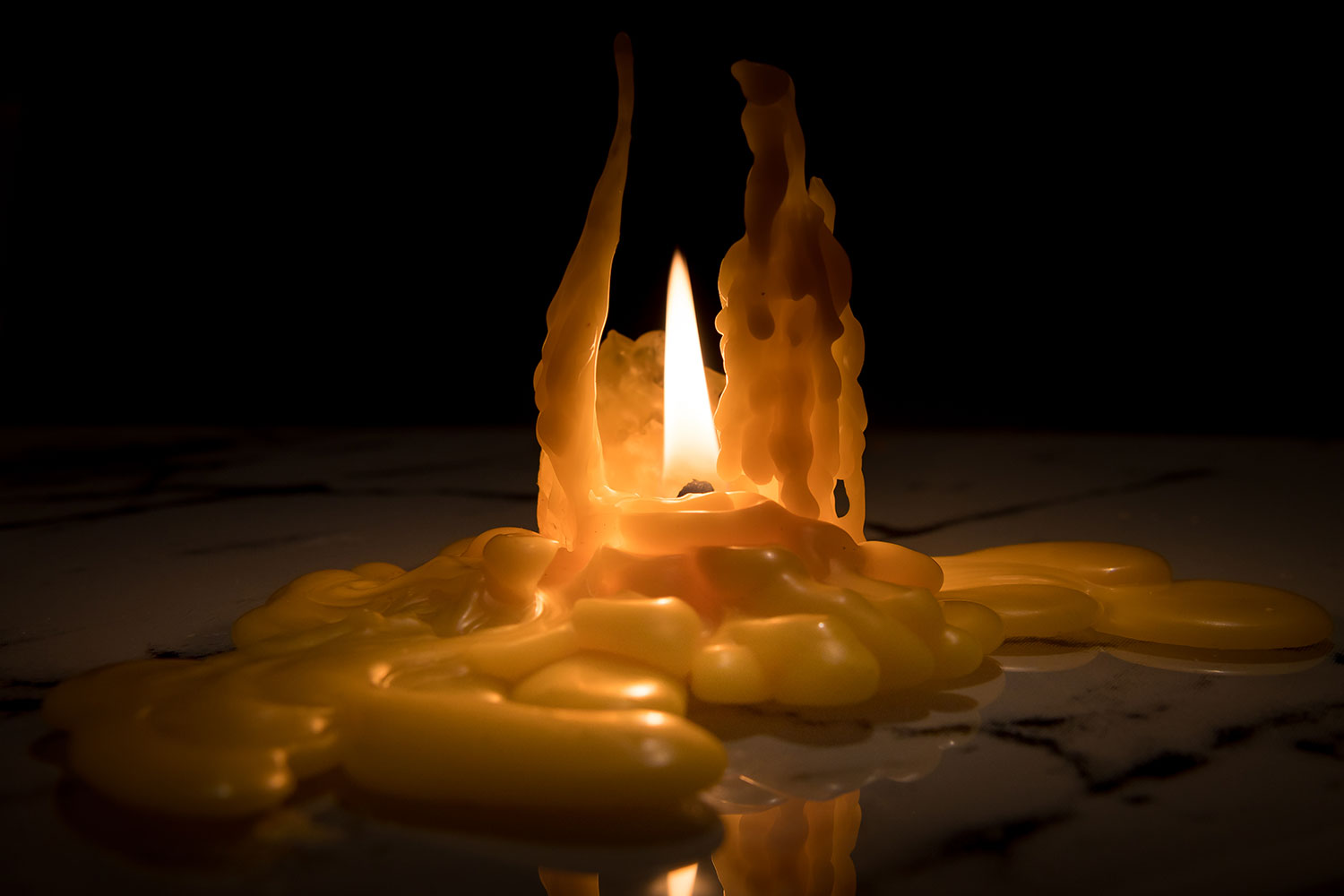
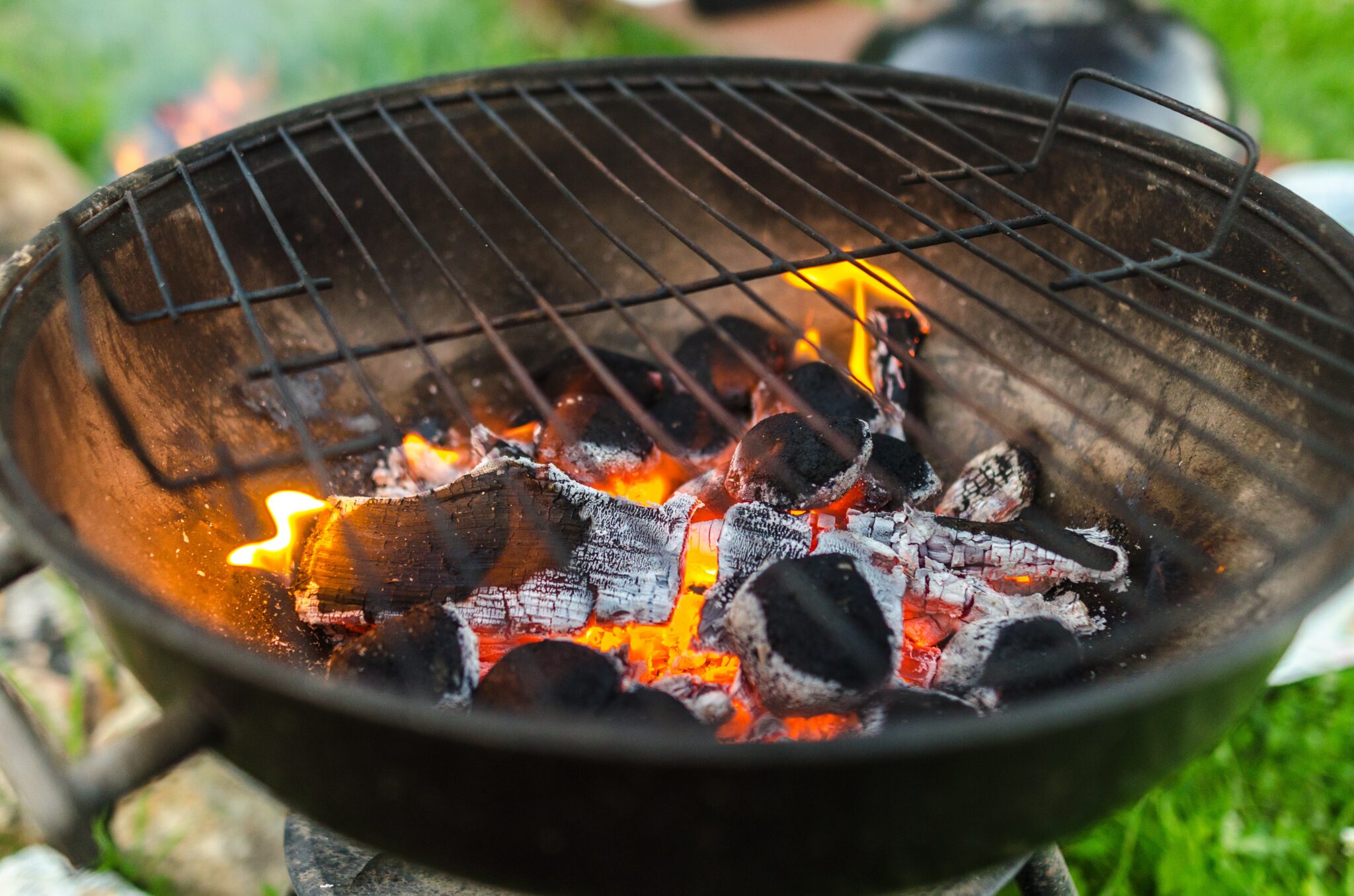
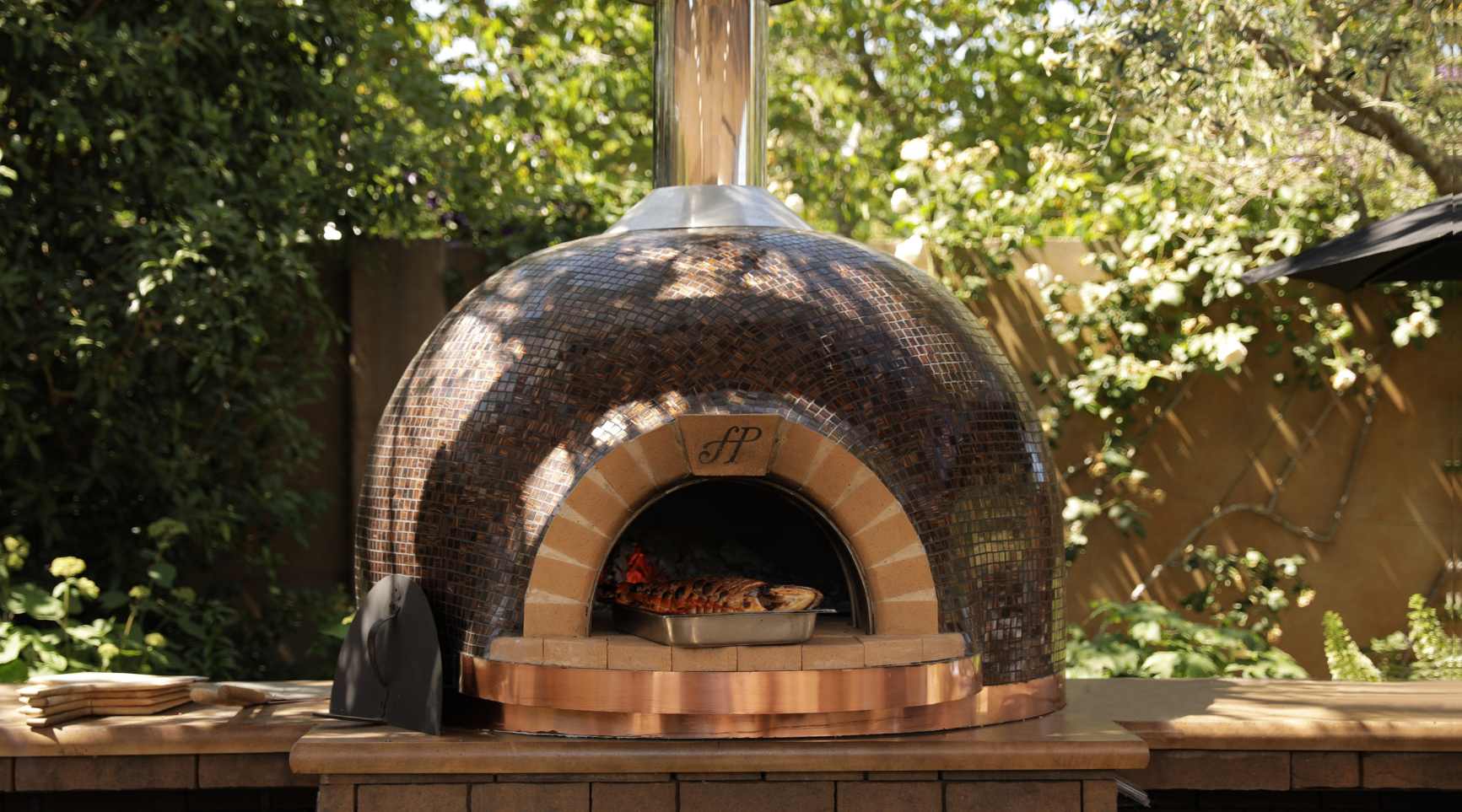
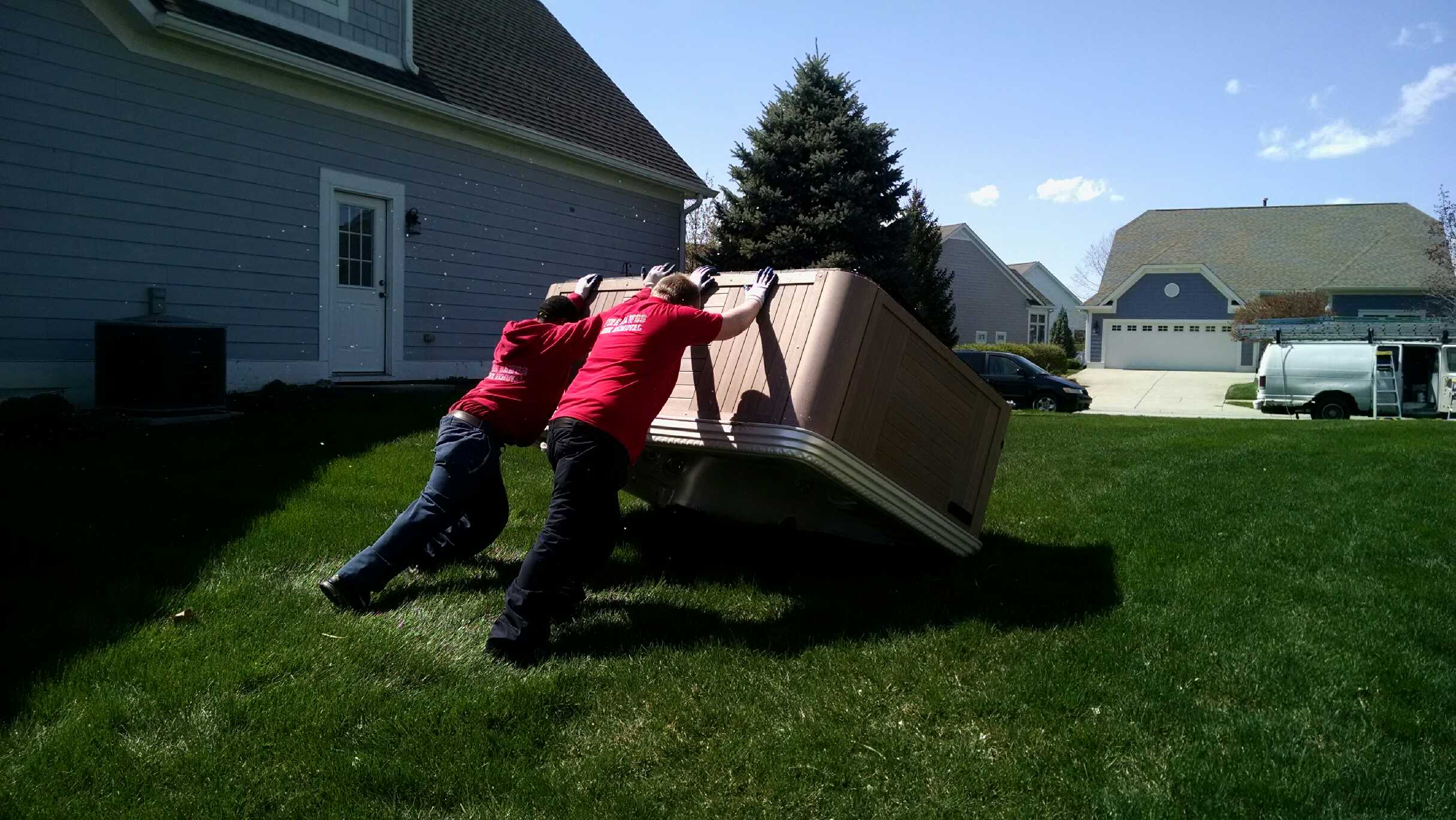
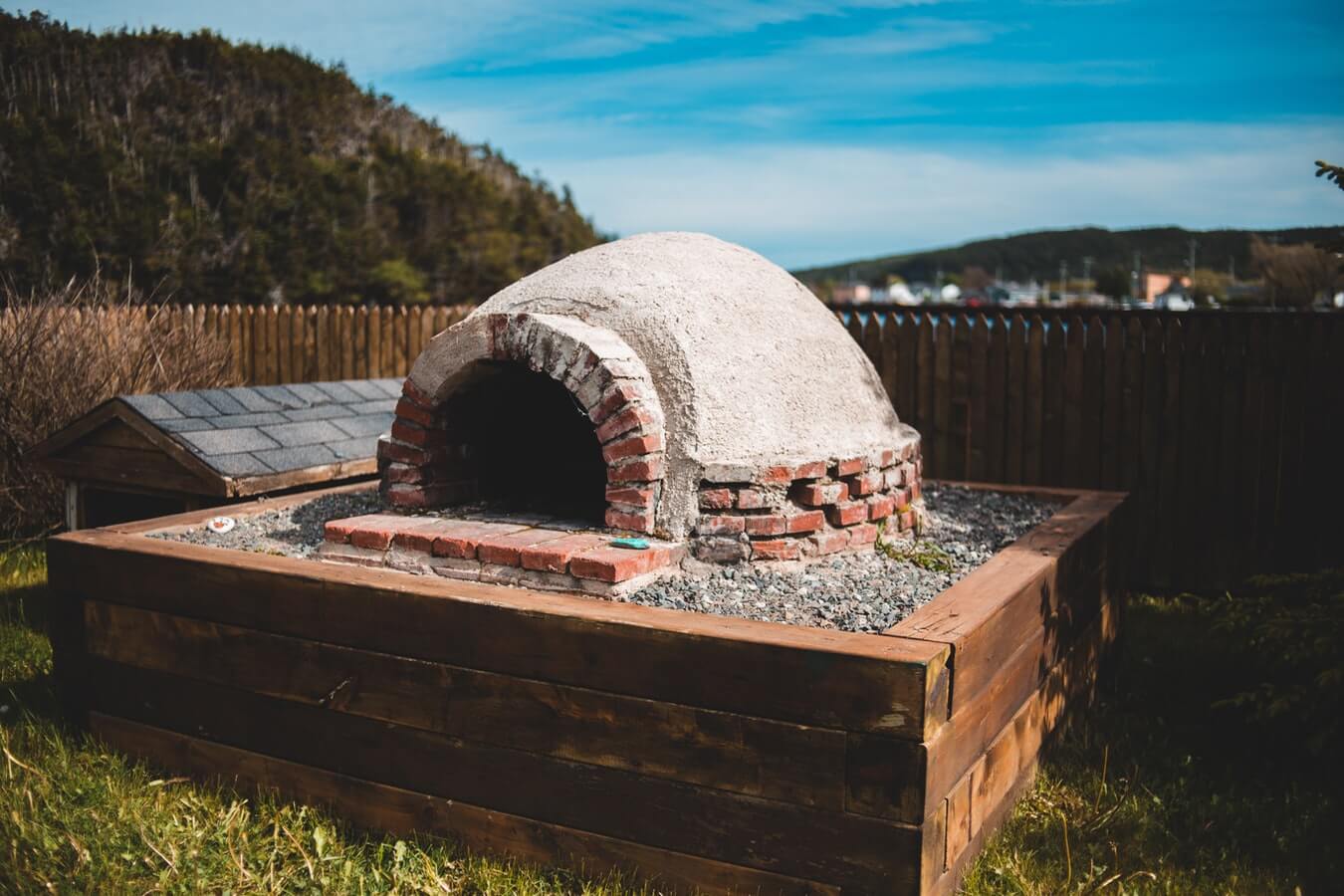
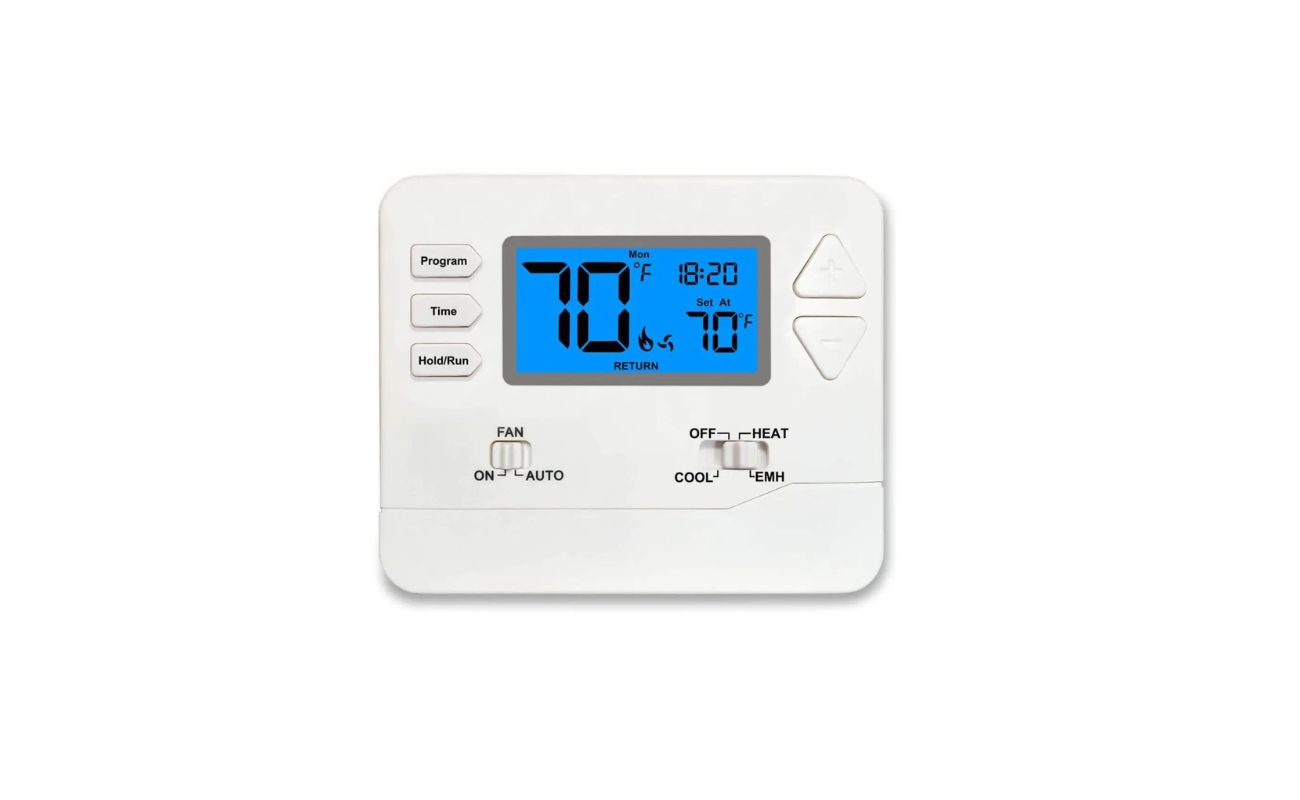

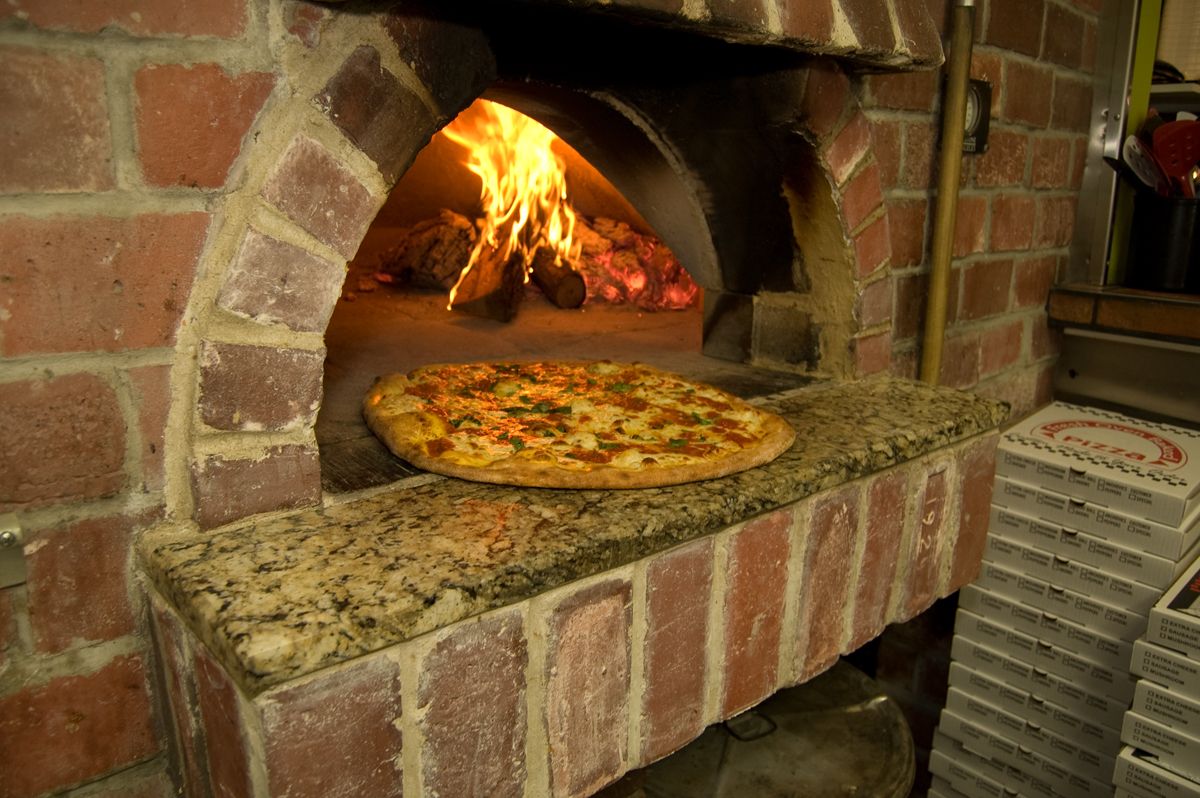
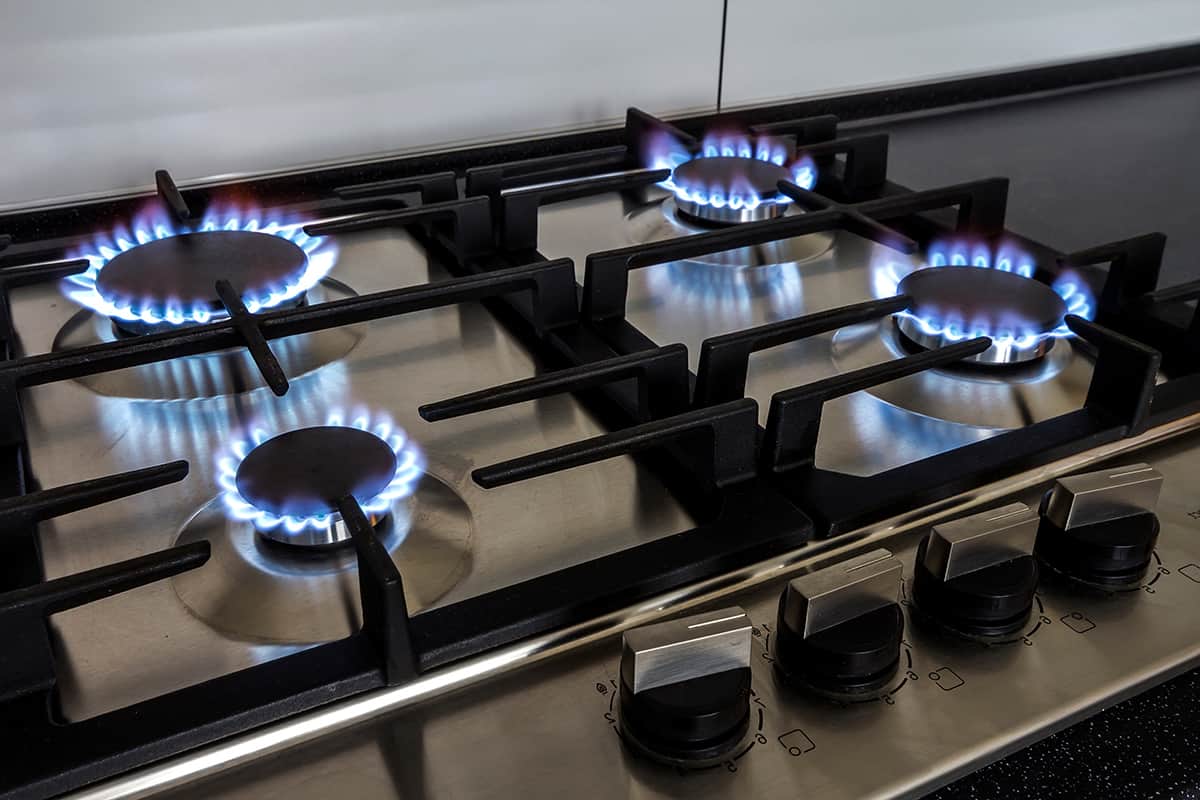

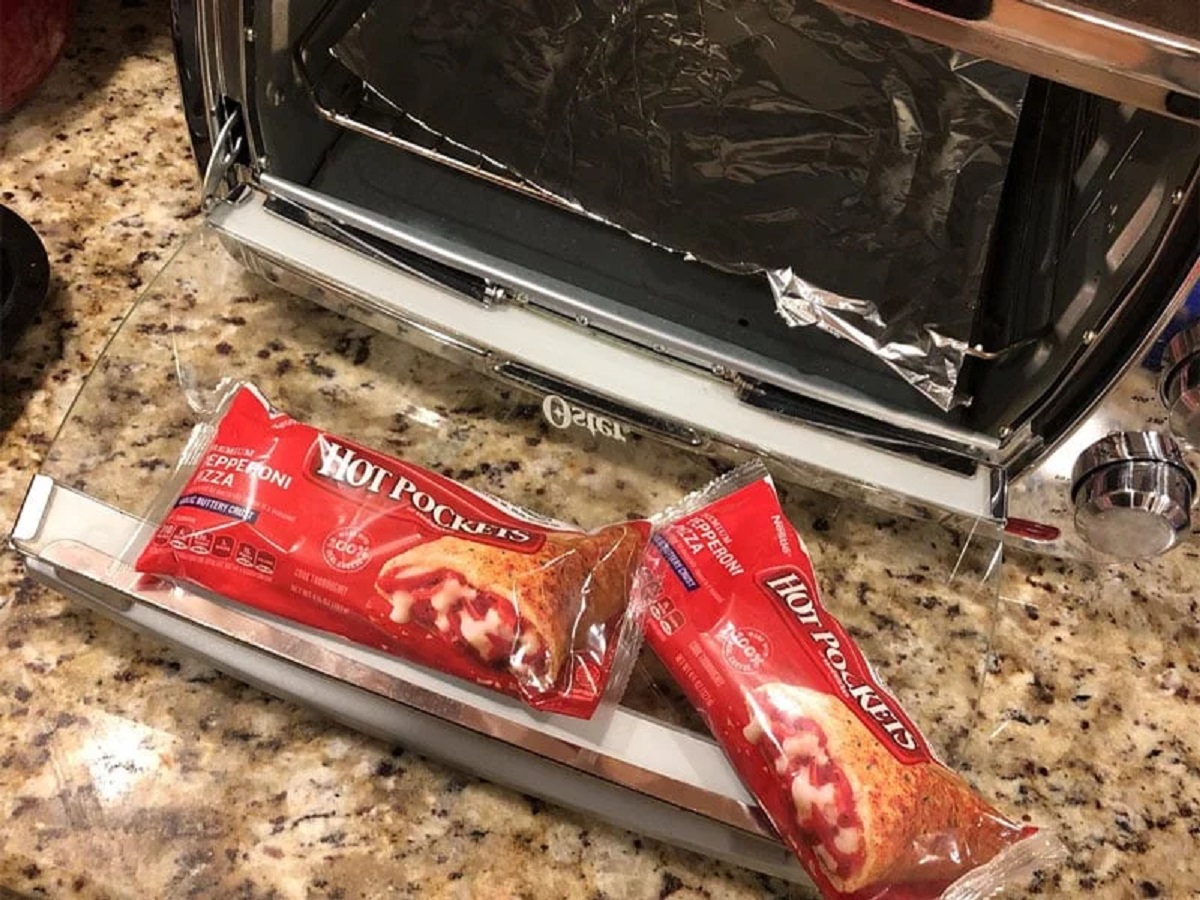
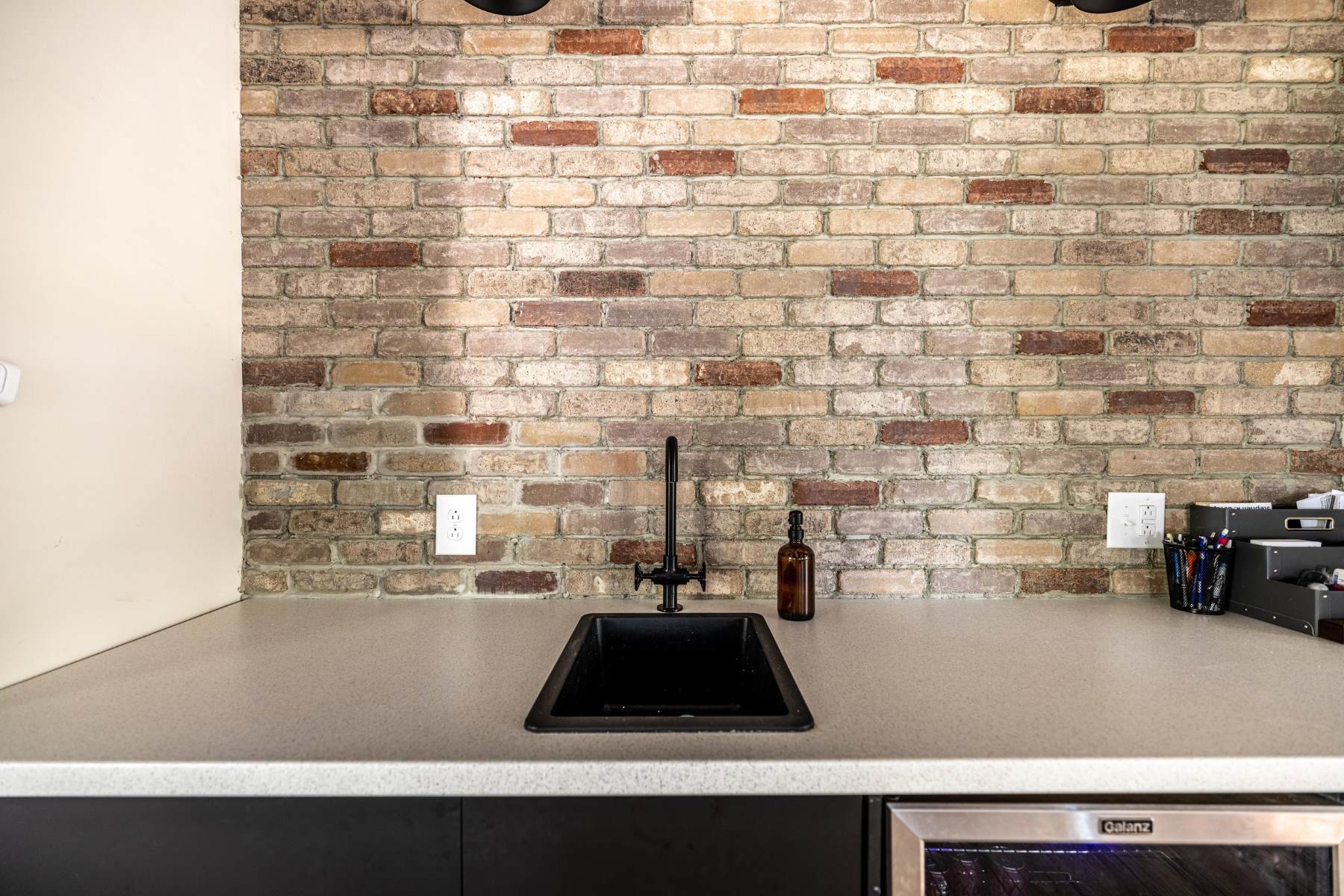
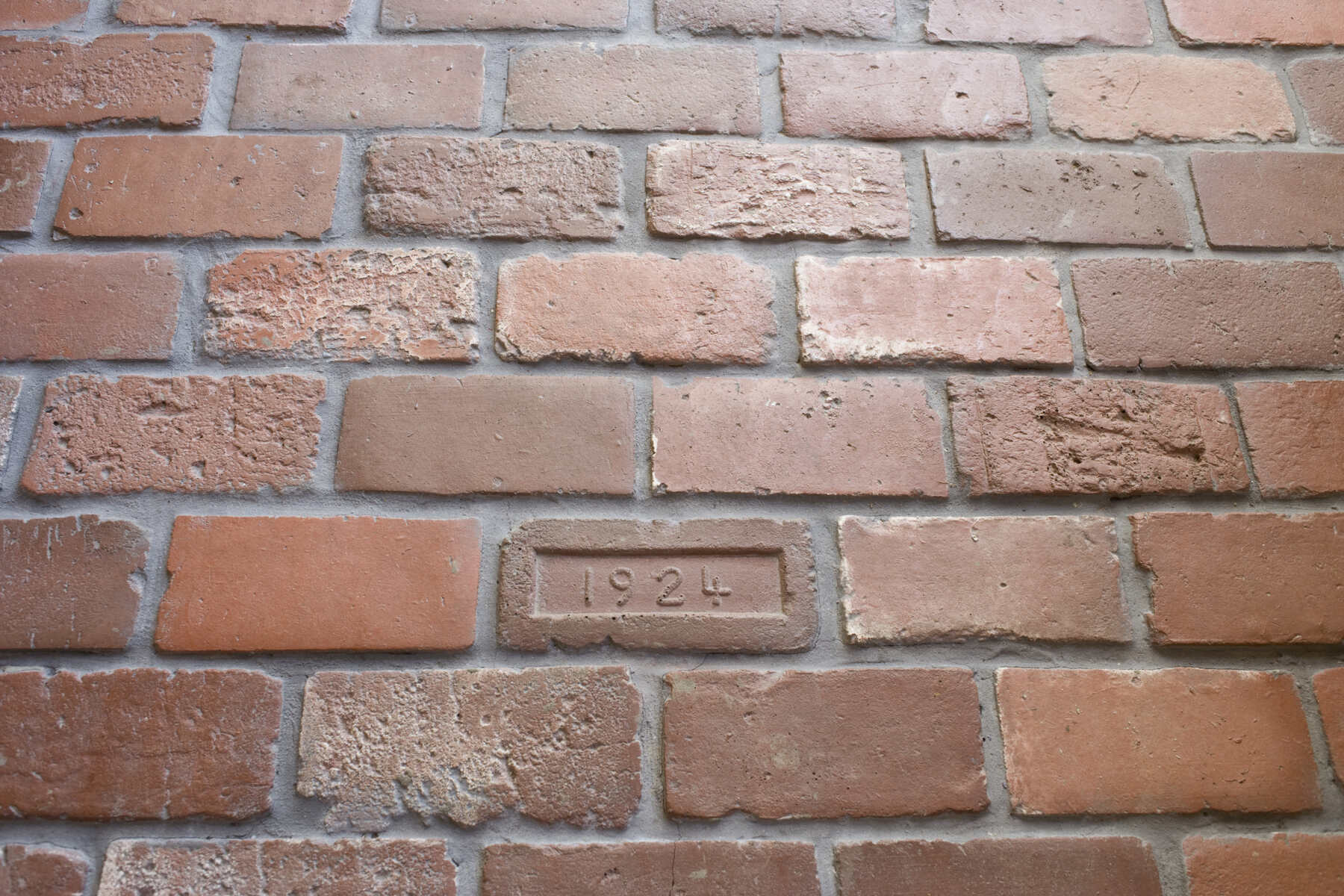
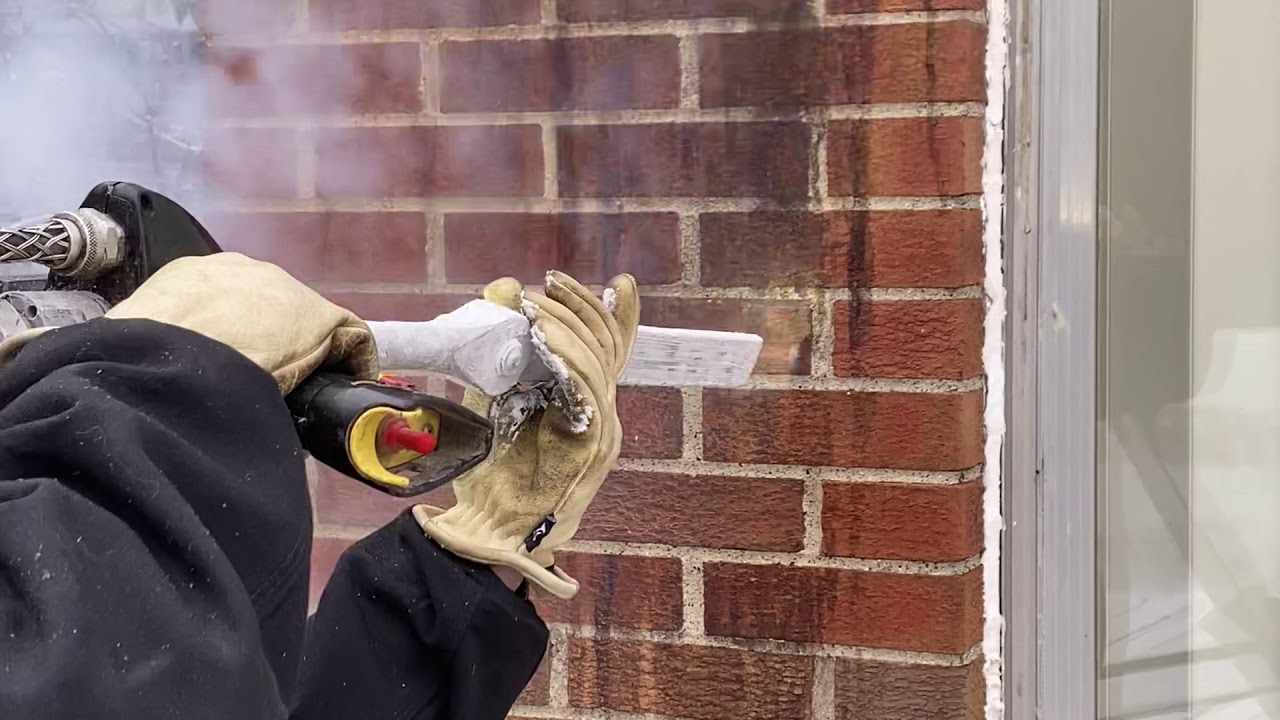

0 thoughts on “How Hot Do Brick Ovens Get”